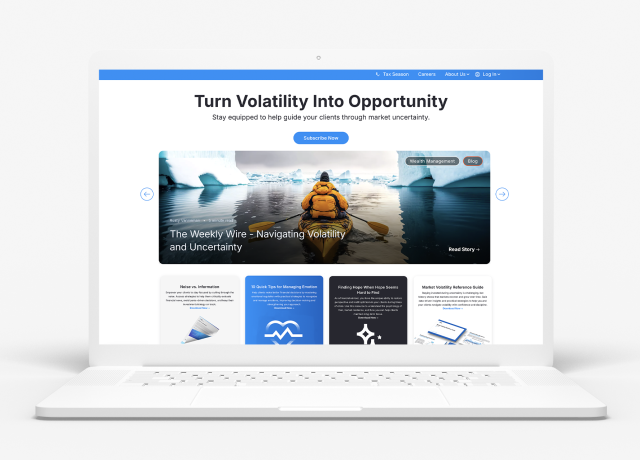Rudyard Kipling’s If— offers a blueprint for calm and character in the face of chaos. In the poem, a father imparts to his son a quiet, powerful lesson: “If you can keep your head when all about you are losing theirs … yours is the Earth and everything that’s in it.” Published in 1910, the work was partly inspired by the real-life trial of Leander Starr Jameson, a man who led a doomed raid in South Africa and faced public humiliation with stoic grace. Kipling saw in Jameson a rare quiet dignity — the ability to remain composed amid turmoil. The poem’s protagonist didn’t let chaos wreck his character, a hallmark of maturity.1 It turns out the same can be said for investing.
Markets, like life, are prone to unpredictable swings. A dramatic headline stirs panic, markets wobble, and animal spirits quickly turn from greed to fear. Yet research suggests that the most successful investors aren’t those who react the fastest to the news cycle. Instead, those who take the time to process their emotions, think critically, and act with discipline tend to fare best.
According to a study from The Emotion of Money by Robert C. Quinn, individuals with high emotional intelligence (EI), those skilled at perceiving and managing their emotions, consistently earned higher returns than their peers. By keeping their impulses in check, they built thoughtfully constructed portfolios and resisted the urge to over-trade. This emotional clarity led to financial gains — especially during market volatility. Conversely, the study’s participants scoring low on EI were triggered by raw perceptions of risk, which resulted in subpar returns.2
The research is interesting and encouraging in that most people can increase their capacity to manage their feelings. Emotional intelligence isn’t about suppressing innate inclinations but channeling them. Viewed through that lens, we can craft a playbook for practicing patience when market volatility rises. Kipling’s “If you can meet with Triumph and Disaster and treat those two impostors just the same” isn’t a call to numbness; it’s a challenge to rise above the fray. So, how do we, as investors, embody this calm? Here are practical steps for being still in a turning world:





























